Special Report
Everything You Need to Know About Military Stealth Technology

Published:
Last Updated:

Stealth technology is a wide-ranging term that can refer to various technologies and tactics that prevent a person or vehicle from being detected by direct observation, radar, or other equipment. Generally, the principles of stealth translate between vehicles and areas. But what exactly do people mean when they talk about stealth technology? Here is your introduction to the secret world of stealth.
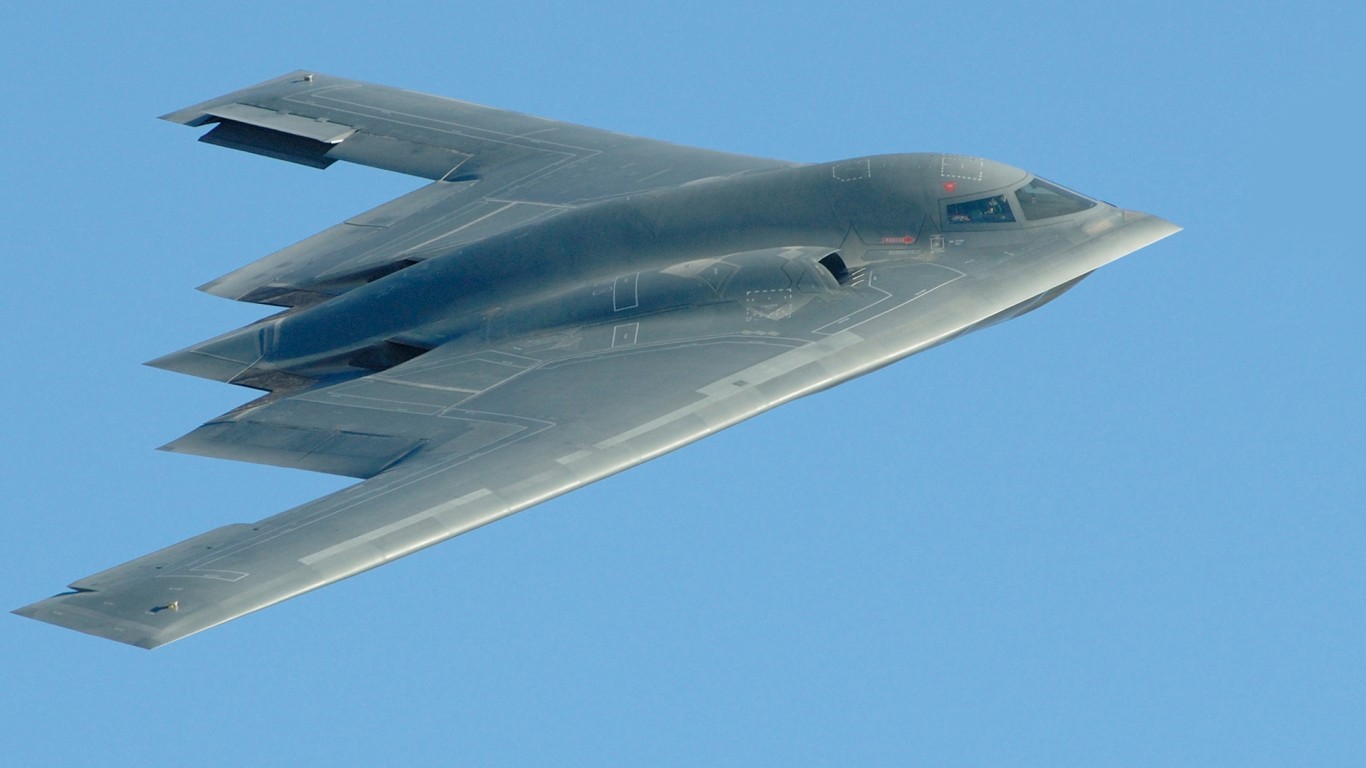
The desire to hide from predators and enemies has existed for millions of years and predates the dawn of humanity. Animals and plants evolved natural camouflage to conceal themselves from predators and hide themselves as they approached their prey. These principles were adapted by early humans and continue to influence stealth technology today. Humans are pretty good at recognizing the figure of other humans in various positions, speeds, and distances. Basic camouflage and stealth obscures and hides the natural human form, making it harder for other humans to understand what they are looking at. It is reasonable to assume that camouflage and basic stealth techniques were employed by our ancient ancestors, even though we have no concrete evidence of their use. Many of these skills have been preserved by native peoples all around the world.
The earliest example we have of camouflage being used for stealth comes from the book The Art of War, written in the 5th century BCE by Sun Tzu. Obviously, his compilation of war strategies pulled from earlier, proven tactics, so the skill of visual concealment probably was used by armies long before the book was written.
Generals and commanders employed various stealth tactics throughout history. This includes concealing the movement of troops on the battlefield, or concealing the true intention and capabilities of a force before a battle begins. Most stealth involved fooling or misleading those who observe the soldiers themselves, but with the introduction of modern observation equipment like sonar, radar, and other tools, the methods of stealth and concealment had to adapt and evolve as well.
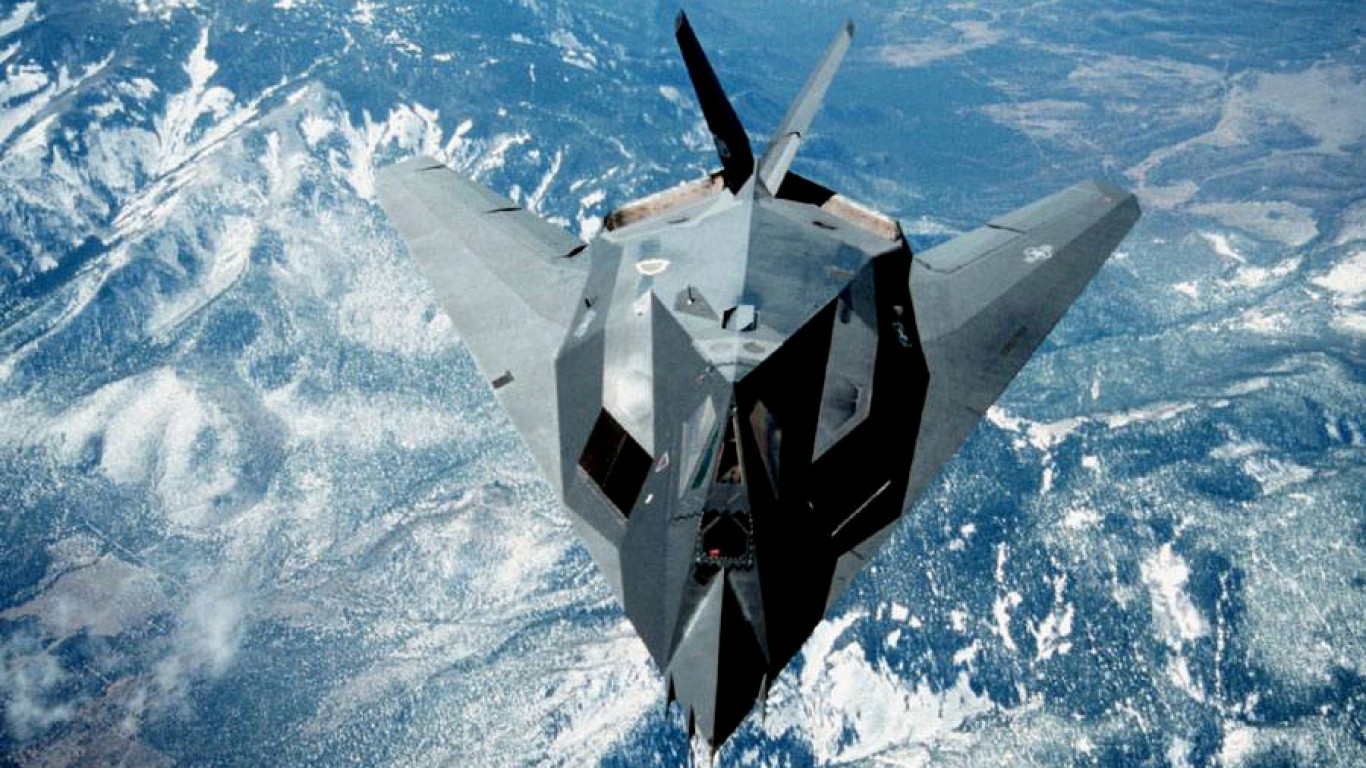
Stealth technology, also known as low observability, is not just one tool or technology. In order to be successful, stealth technology must incorporate a wide range of technology used in concert to reduce the distance and accuracy a vehicle or person can be detected. This includes reducing radar cross-sections, reducing acoustic and thermal signatures, confusing and misleading detecting equipment, and more.
Advancements in the lethality of weapons during the 1900s led governments to move away from heavy armor toward faster, more agile, and less noticeable vehicles. It is easy to survive a shot from the enemy if that shot is never fired in the first place. The tactics and technology that keep planes, ships, and submarines undetected and safe are also used by ground forces in some way instead of mass infantry tactics.
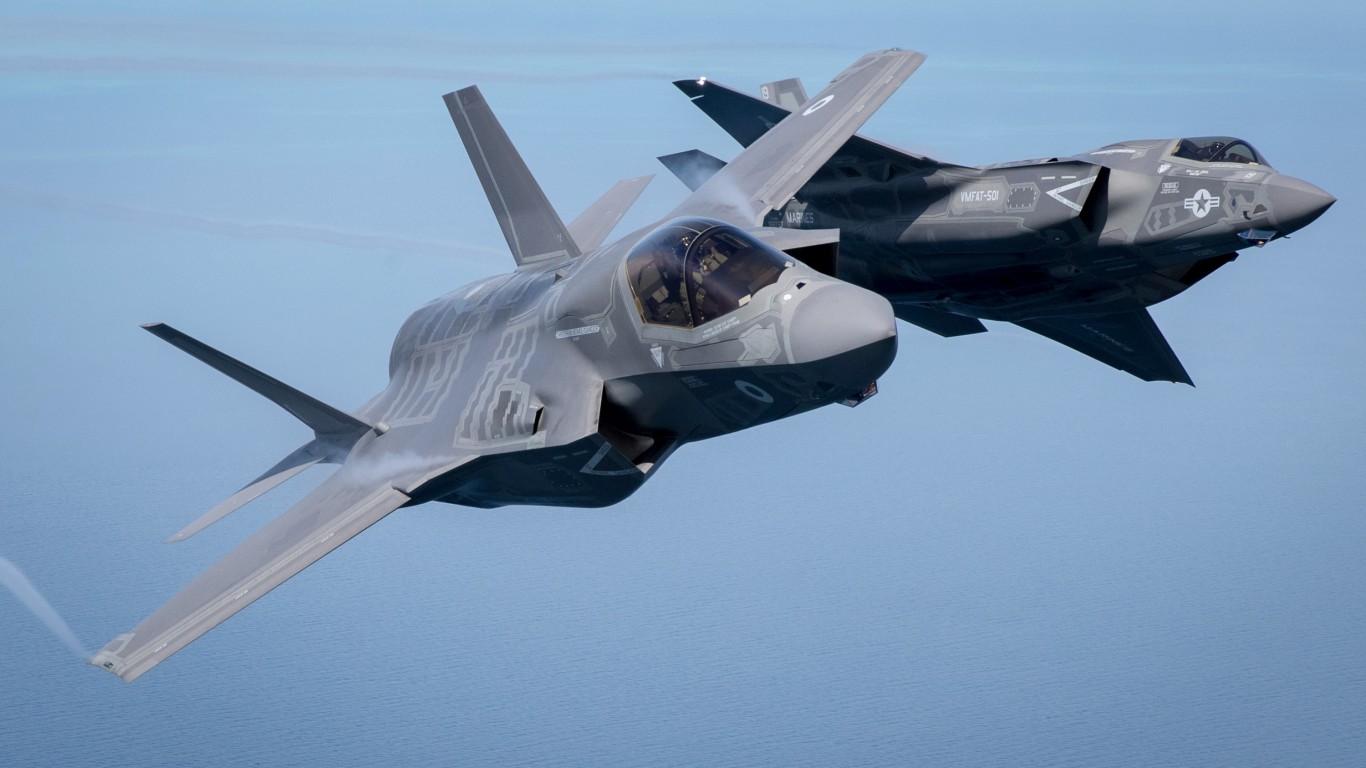
Early military aircraft pilots learned that if they used slow-turning props, they could avoid being heard by enemy troops who had quickly learned to identify the sound of an approaching airplane. Modern planes that regularly travel at speeds faster than the speed of sound will create a loud sonic boom as they fly. To combat this, some stealth aircraft travel below Mach 1 in order to not produce a sonic boom and reduce the chances of being noticed. However, as technology has advanced, planes are able to fly higher and faster than ever before, so the effect of sonic booms and the noise stealth planes make as they fly has become less important.
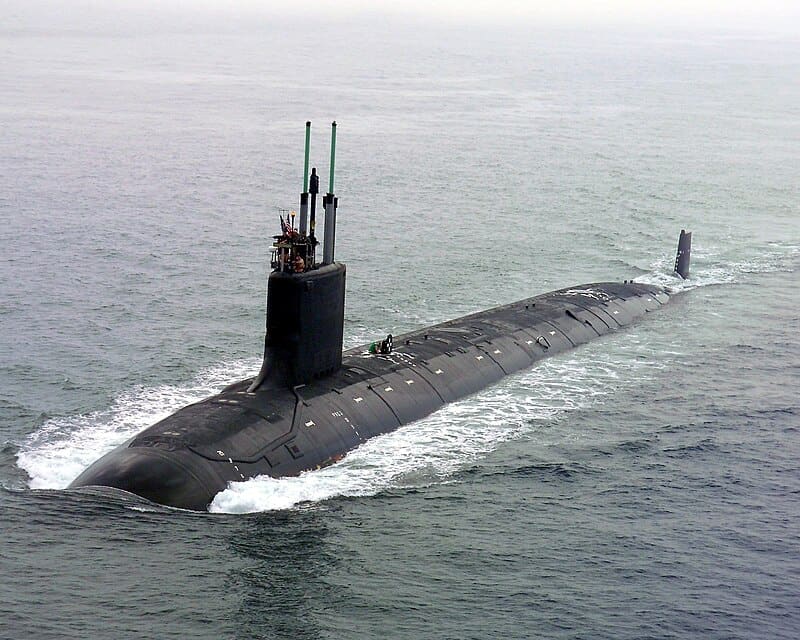
Submarines rely on acoustic stealth not only to complete their job but to survive in hostile waters. In order to reduce the noise submarines produce while operating underwater, submarines have designed the interior spaces so crew don’t make as much noise as they move and work, they do not communicate with the outside world through a radio while submerged, and do not use equipment or machinery that will produce noise.
However, nuclear submarines always produce a small amount of noise because they cannot shut down their reactors or the pumps that feed cooling water into the reactor.

The simplest technology of stealth and deception continues to be among the most effective. Modern camouflage includes paint and natural and manufactured materials to blend a person or vehicle into its surroundings.
Stealth airplanes use black, matte paint, and dark colors and fly only at night in order to blend into the dark night sky. Important military satellites have been fitted with mirrors to reflect the space around them.
Infantry and ground vehicles use color-based camouflage and plants and dirt from the area in which they are fighting to blend in. Tarps and nets are used to cover stationary vehicles and gun emplacements, ghillie suits are used by infantry to make them look nearly invisible while laying down.
At sea, it is impossible to make a ship disappear, so color camouflage is used to make a ship appear to be moving faster, slower, or look closer or further away than it really is. This can cause enemy ships to calculate the position of the target incorrectly and miss.
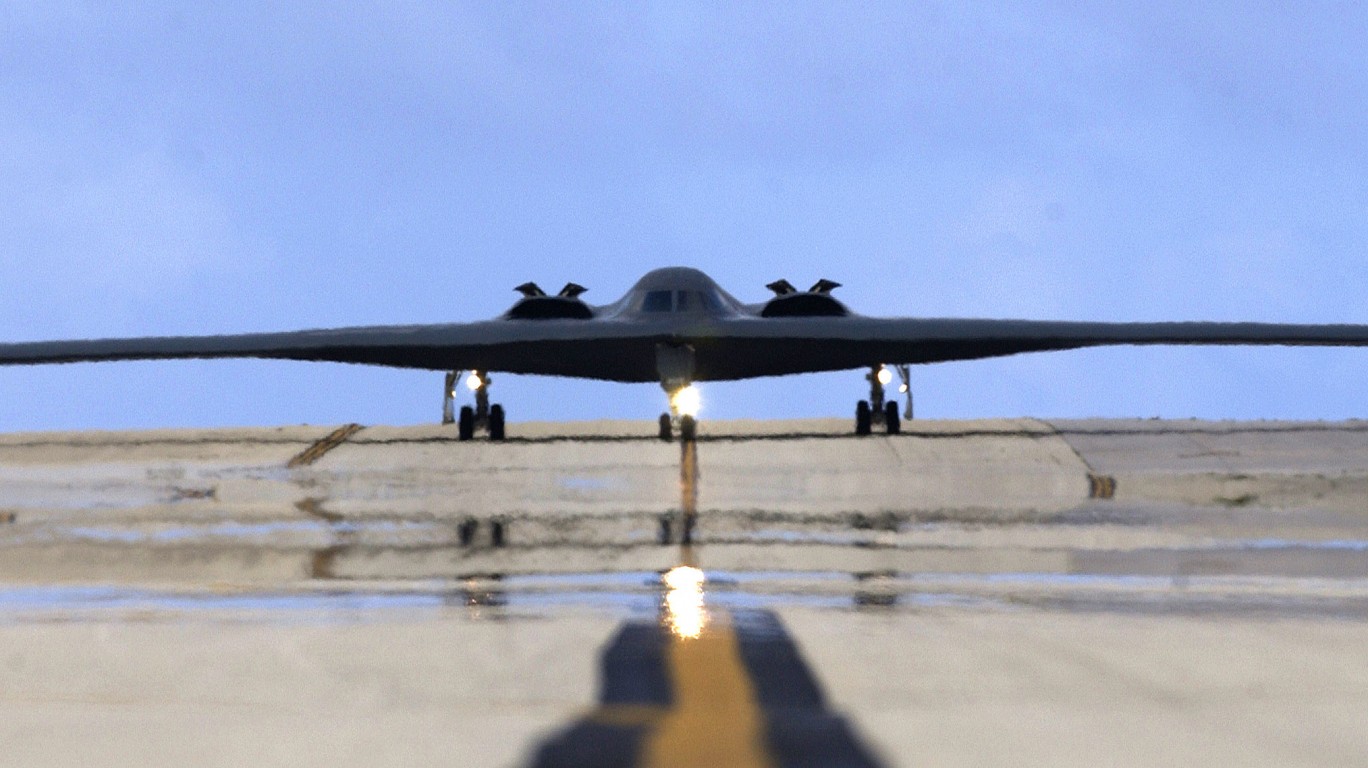
Infrared equipment is able to find soldiers and vehicles based on their temperature and how much hotter or colder they are than their surroundings. Humans have natural body heat that makes them easily identifiable, and vehicles generate heat from their engines and how fast they move. In order to avoid detection, soldiers can wear clothing that dissipates or hides their body heat, and vehicles can incorporate different technologies to make their heat signature less recognizable or harder to detect.
Some aircraft now have a non-circular tail pipe so the hot exhaust is thinner and mixes faster with the colder air. In some engines, cold air is injected directly into the exhaust to make it dissipate faster. Some exhaust ports are located on the tops of the aircraft instead of the rear so the exhaust can’t be seen from the ground.

All electronic equipment emits some kind of detectable energy. Radars, radios, screens, and all other technology can be detected by sensors on the ground. This detectible energy is called RF leakage. To combat this, some stealth aircraft have begun to implement passive infrared and low-light television sensors to aim at targets. Others use a special kind of radar that can detect enemy aircraft without alerting radar warning systems.
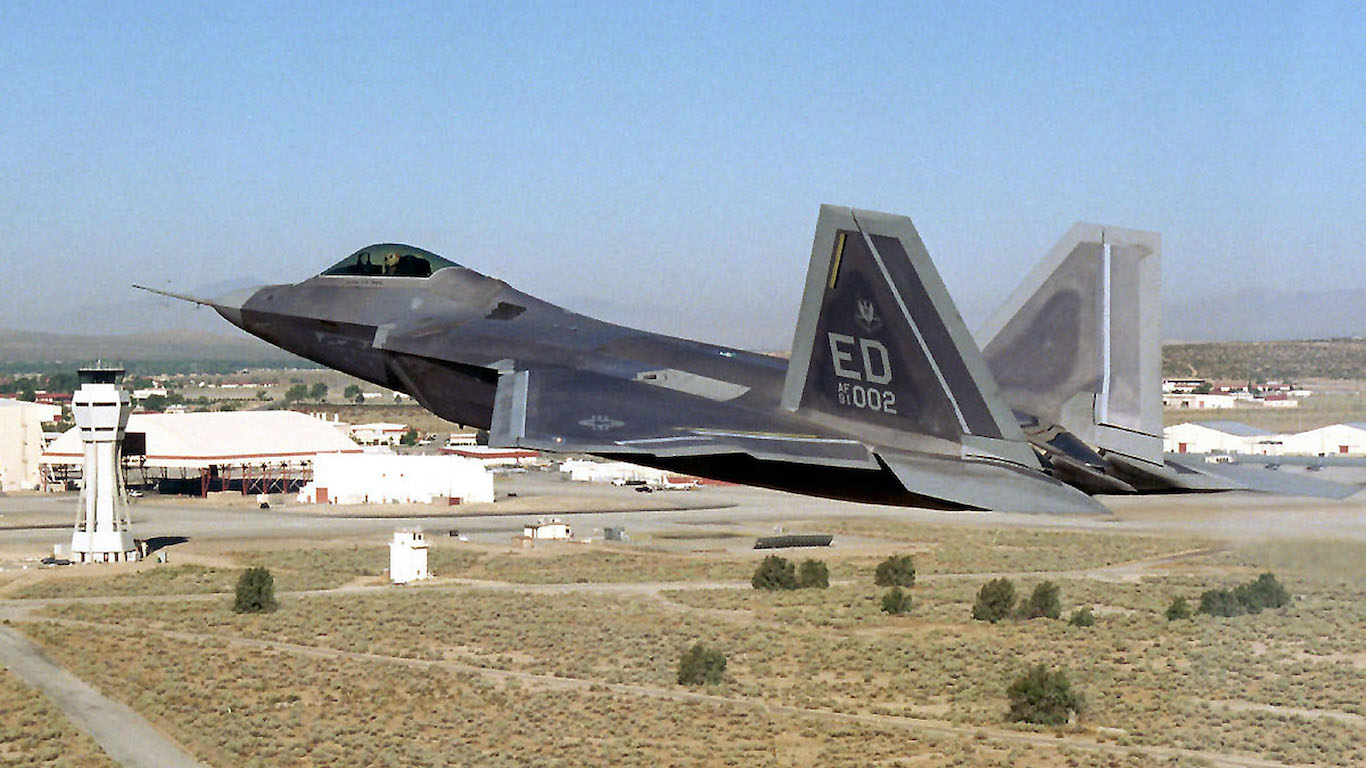
RCS stands for radar cross-section. It refers to the image that appears on a radar system if a vehicle is detected by radar. Radar works by bouncing light from a moving object and measuring the time it takes for that light to return. Normally, the larger a vehicle is the bigger its RCS will be on a radar screen. However, by incorporating non-normal angles and irregular shapes into a vehicle body, most of the energy from a radar is reflected away from the vehicle and does not return to the receiver. This is why stealth vehicles look like they do — their bodies make them nearly invisible to radar systems.
Modern stealth aircraft can have a radar cross section as small as a small bird or large insect.

It doesn’t help to have the best stealth technology if your driving behavior makes you an obvious target. Additionally, stealth tactics can make up for not having any stealth technology at all.
Even with advanced technology, attacking important targets like command centers or air defense installations with aircraft is nearly impossible while they are defended by radar systems with overlapping coverage. To get around this, mission planners plot a path balancing altitude, speed, and route to minimize the time aircraft can be detected. This is only possible if there is information about the locations of enemy radar systems.
Other basic stealth tactics include night operations, moving in smaller groups and squads, limiting radio contact and electronic equipment, and more.

Infantry can easily be detected by infrared and normal visual detection. Stealth tactics employed by infantry units vary depending on whether they are in open ground or a city or in a crowd of civilians. Simple camouflage and moving at night are usually the most effective at avoiding detection, while concealment and adopting the clothing and customs of the locals are just as effective depending on where the infantry are located. Specialist stealth units include paratroopers and Navy Seals who approach enemy locations underwater.
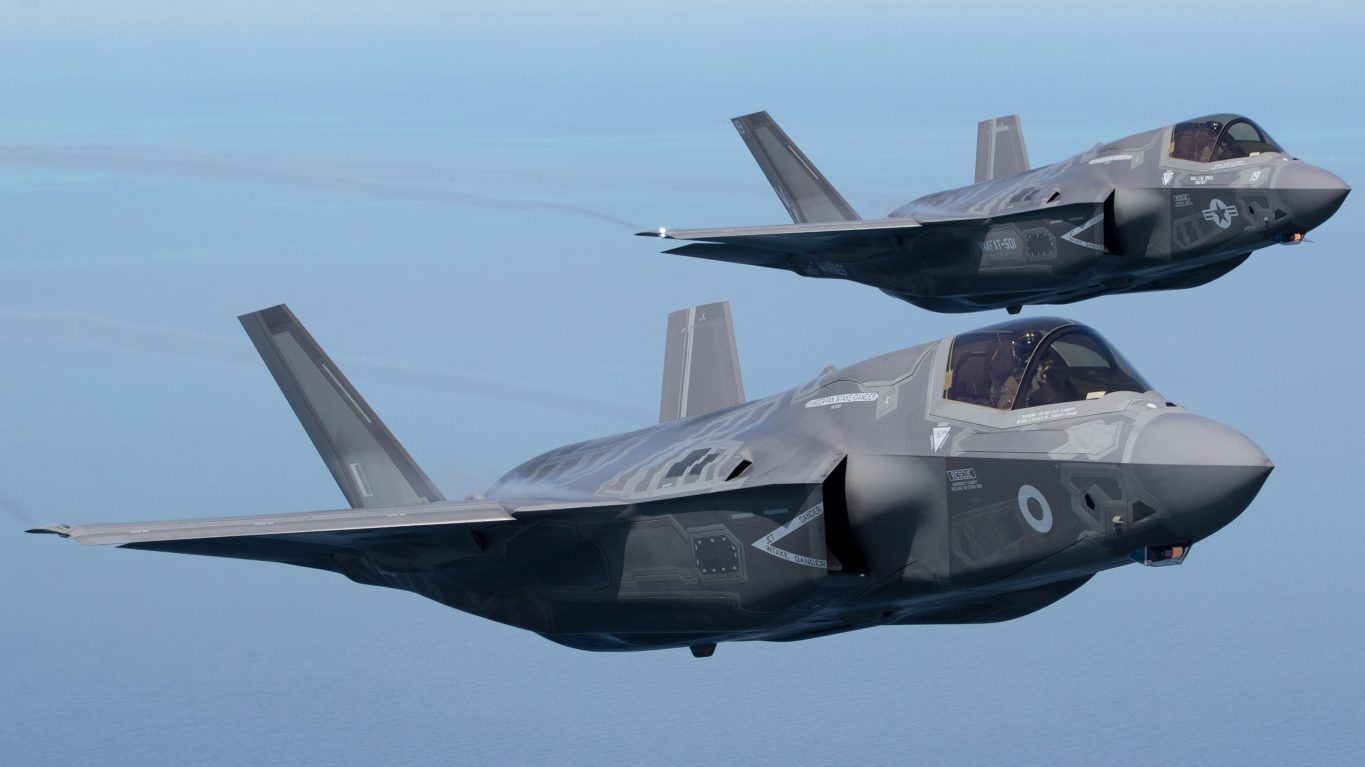
The first operational aircraft to use stealth technology was the Lockheed F-117 Nighthawk. Other stealth aircraft that have been, or continue to be, in service include China’s Chengdu J-20 and Chengdu WZ-10, Lockheed’s SR-71, F-22 Raptor, F-35 Lightning II, and RQ-170 Sentinel, Northrop Grumman’s B-2 Spirit and RQ-180, and Russia’s Sukhoi Su-57, among others.
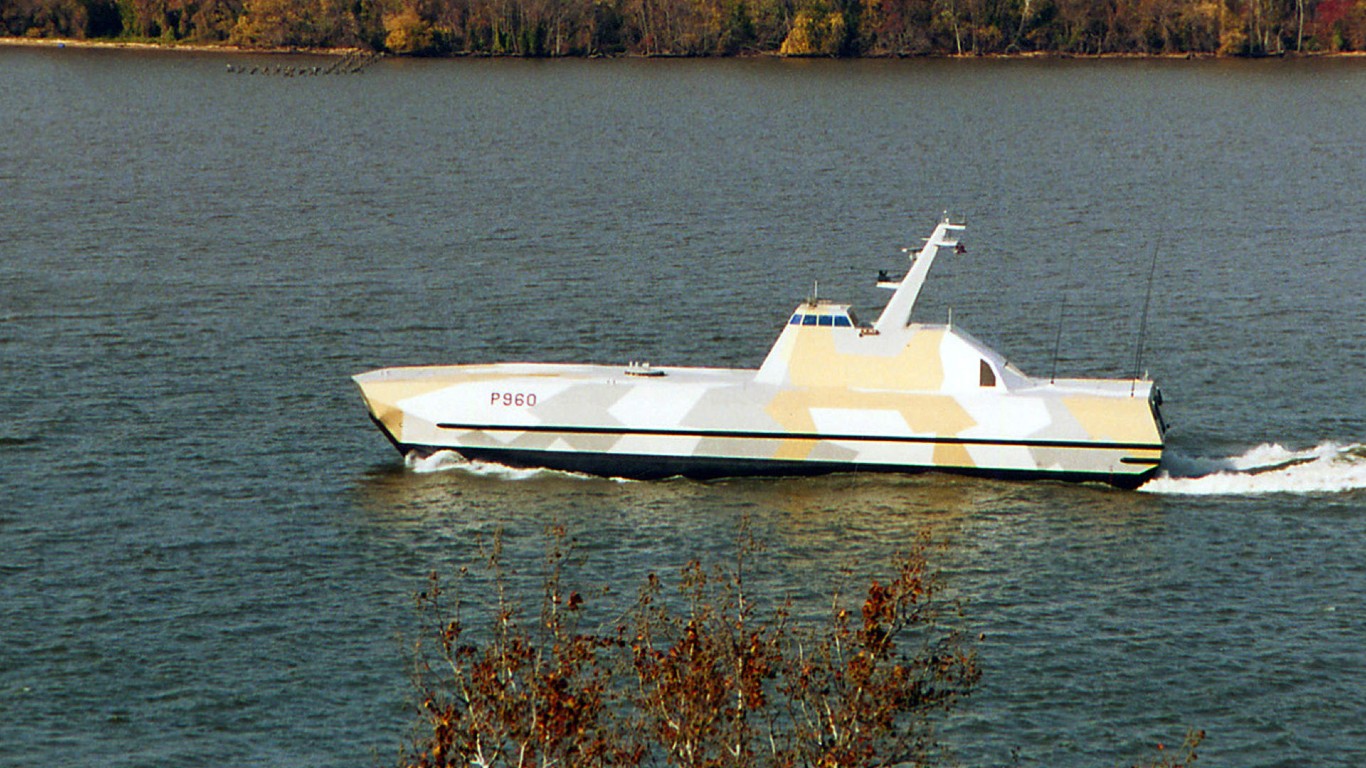
The most noteworthy of stealth ships is the Zumwalt-class destroyer, with the first ship being launched in the U.S. Navy in 2013. This class of stealth ship is much larger than typical destroyers and only three were ever built.
Other stealth ships include China’s Type 055 destroyer, the Gowind-class frigates and corvettes, the United States’ Independence-class littoral combat ship, and Indonesia’s Klewang-class fast attack craft, which is the only wave-piercing, trimaran fast attack craft on this list.
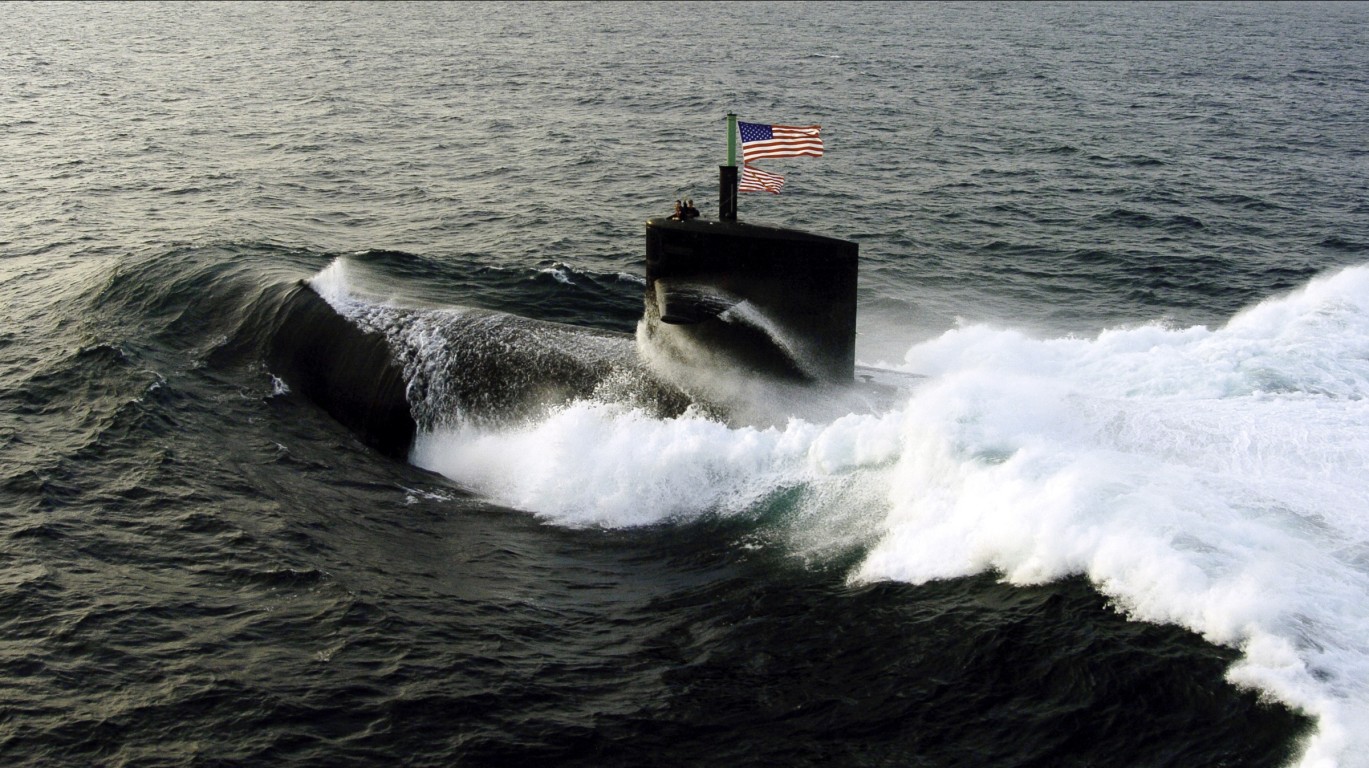
While other vehicles use stealth to make them more effective and more dangerous, submarines would be entirely useless in modern conflicts without stealth technology. Because they are slow and vulnerable, submarines rely entirely on stealth to survive. In fact, the entire purpose of the ballistic missile submarine is to remain undetected and unnoticed just so it can be used for second-strike capabilities, in which it will fire ICBMs at an enemy nation. Everything about a submarine from the propeller, water and waste discharge, communication, shape, size, and interior design was created to minimize sound and the chance it is detected on sonar.

Generally, stealth technology is not very useful for helicopters because of their loud, recognizable sound, low speed, and low operational altitude. There are, however, some examples of helicopters incorporating stealth technology. These examples include the Boeing-Sikorsky RAH-66 Comanche and the Hughes 500p.
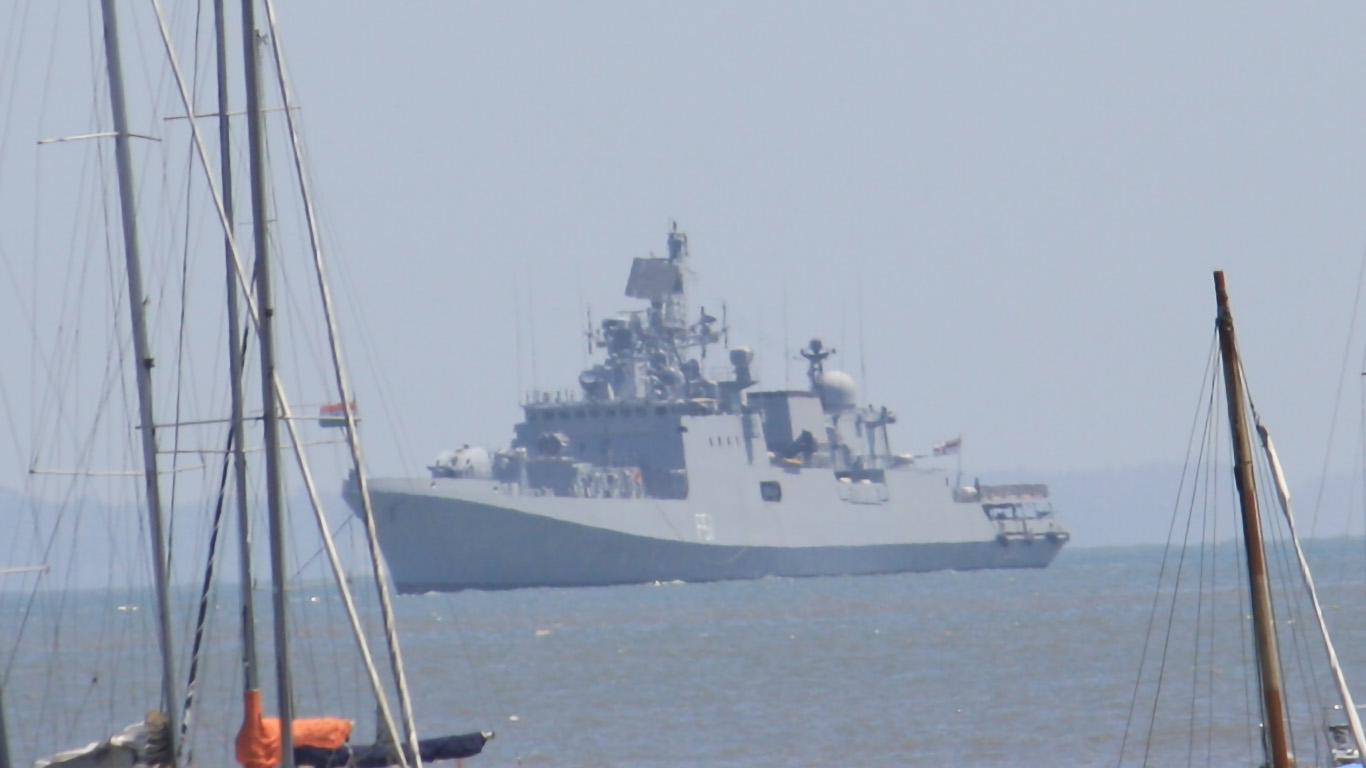
According to Moore’s Law, the computing and processing power inside radar systems continues to increase at an exponential rate. Eventually, there will be no stealth technology that can hide from the most advanced radar systems. Other advances in detection technology could also render other systems of stealth and concealment impractical. When that day comes, soldiers and vehicles will have to rely on other methods of avoiding detection or destruction. The battlefield is always changing and evolving, and the future holds many interesting and unknown surprises.
Retirement planning doesn’t have to feel overwhelming. The key is finding expert guidance—and SmartAsset’s simple quiz makes it easier than ever for you to connect with a vetted financial advisor.
Here’s how it works:
Why wait? Start building the retirement you’ve always dreamed of. Click here to get started today!
Thank you for reading! Have some feedback for us?
Contact the 24/7 Wall St. editorial team.